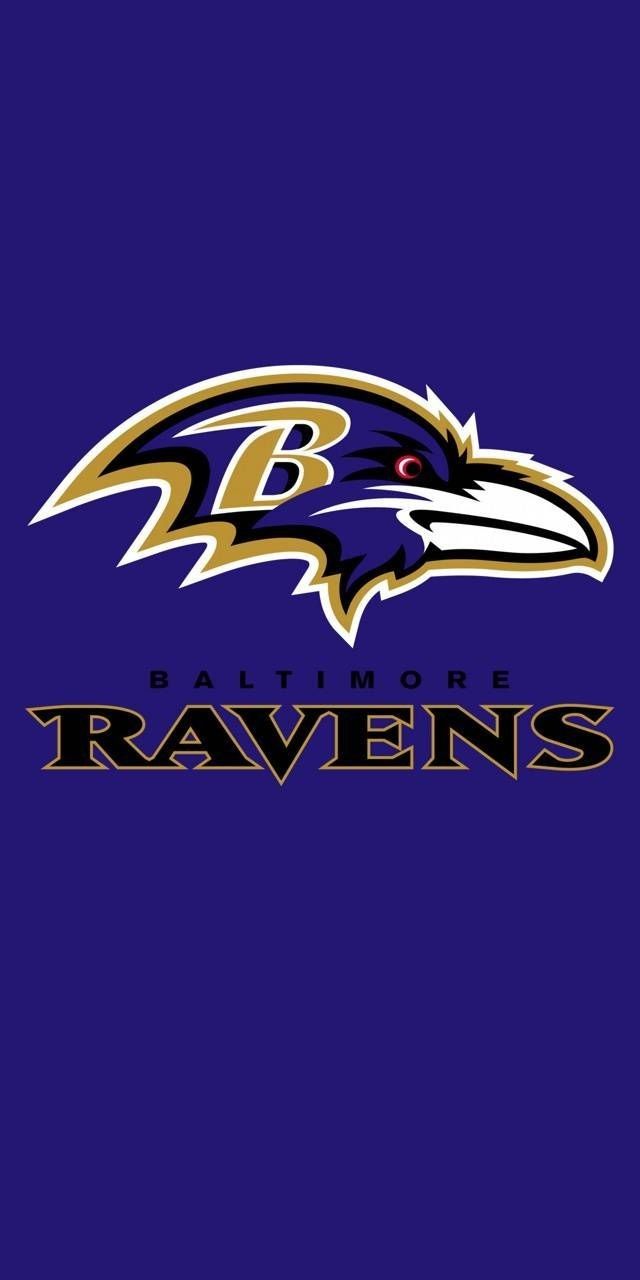“Ravens: The Mysterious Masters of the Sky”
Biological and Physical Characteristics
Crows, especially the common crow (Corvus corax), are large, black-winged birds known for their robust build and impressive presence. With a wingspan of up to 4.9 feet and a body length of approximately 24–27 inches, they are among the largest perching birds. Their glossy black feathers, powerful beaks, and sharp eyes add to their mysterious aura. Unlike their close relatives, ravens, these birds have wedge-shaped tails and shaggy feathers on their necks called “hackles,” which they use in display. Ravens, however, are renowned for their intelligence and problem-solving abilities.
Their adaptability to diverse environments, from Arctic tundra to deserts and forests, demonstrates their resilience. Crows are also known for their acrobatic flights, leaps, and dives, which demonstrate their mastery of the sky. This section provides information on their physical adaptations, such as sharp eyesight and strong wings, that enable them to thrive in diverse habitats.
As we explore the world of avian species, it’s fascinating to compare crows and Ravens, both remarkable in their own right.
Remarkable Intelligence and Cognitive Abilities
Crows are often considered one of the most intelligent animals on Earth, rivaling primates in problem-solving and social cognition. Studies like Brand Heinrich’s reveal their ability to use tools, plan for the future, and recognize themselves in mirrors—a rare trait that indicates self-awareness. For example, crows have been observed hiding food and using deception to protect it from competitors, indicating strategic thinking.
Their complex vocalizations, which include over 30 different sounds, imitations of other animals, and even human voices, indicate a sophisticated communication system. This section could delve deeper into experiments such as crows solving multi-step puzzles, demonstrating their cognitive abilities and comparing them to human intelligence, highlighting why their mental abilities remain “mysterious”in their mental capabilities.
Ecological Role and Behavior
Crows are omnivorous opportunists, eating everything from carrion and insects to fruits and human food remains. Their scavenging habits make them vital to ecosystems as “clean-up crews,” helping control diseases by consuming decaying matter. As supreme scavengers, they often work alongside predators like wolves, using their intelligence to locate carcasses and signal food sources to others. Crows are also highly social, forming close-knit groups and engaging in playful behaviors like aerial play or manipulating objects.
Their territorial displays and cooperative breeding habits reveal a complex social structure. This section explores their ecological impact, including how their adaptability has allowed them to coexist with humans, sometimes even causing trouble to farmers by plundering crops.
Cultural and Symbolic Significance
Crows hold a prominent place in human culture, often symbolizing mystery, wisdom, or ominous omen. In Norse mythology, Odin’s ravens, Hugin and Munin, are symbols of thought and memory, flying across the world seeking knowledge. Native American tribes like the Haida consider crows to be both deceivers and creators, central to their cosmology.
In contrast, Western literature, such as Edgar Allan Poe’s “The Raven,” presents them as omens of destruction. Their black feathers and eerie calls enhance their mystique, making them symbols of the unknown. This section examines how the intelligence and behavior of crows have inspired these diverse interpretations and reinforced their status as “masters” in cultural narratives.
Interactions with Humans and Conservation
The adaptability of crows has led to complex relationships with humans. In urban areas, they exploit food waste, while in rural areas, they are sometimes viewed as pests. However, their intelligence has also made them the subject of research and folklore. From a conservation perspective, crows are generally resilient, and their populations are stable globally, although habitat loss and persecution can pose local threats. This section discusses human-crow conflicts, their role in scientific studies, and efforts to protect their habitats, and emphasizes their ability to deftly navigate human-dominated landscapes.
Conservation and Modern Relevance:
Although crows are not currently endangered, their populations are threatened by habitat loss and human misinterpretation. Studying crows provides insights into animal cognition and environmental health. Their adaptability to human-altered landscapes also makes them a symbol of resilience in a changing world.
Share this content:




Post Comment